 Back to the Be Inspired Blog
Back to the Be Inspired Blog
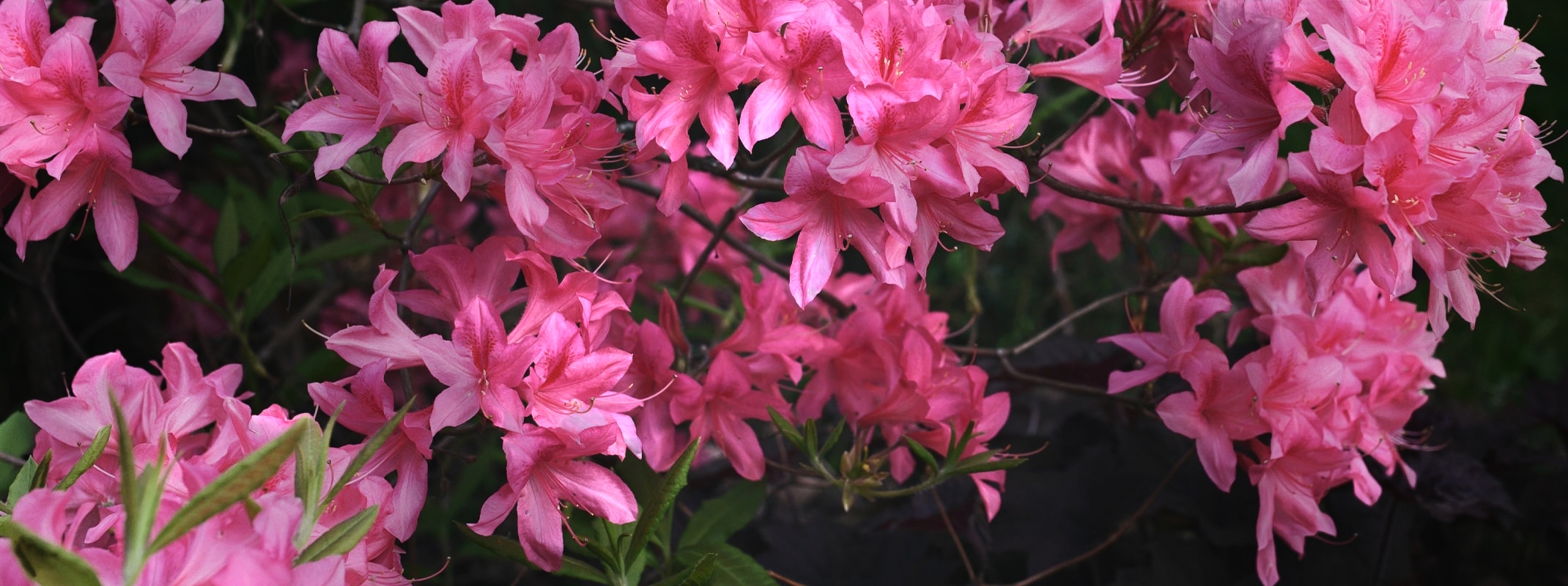
Understanding Acidic Soil: What You Need to Know
One key element to determining the success of your garden is using the right soil; the vast majority of a plant's success is directly related to it. Soil, even acidic soil, is a living dynamic organism that is the foundation of life for your plants.
There is a lot that goes into soil health and the experts at SummerWinds Nursery can help you achieve and maintain a healthy garden through it. They can help you select the best organic soil, choose between organic fertilizer and nitrogen fertilizer and offer many options for organic pesticides. In the meantime, here is some basic information about soil health.
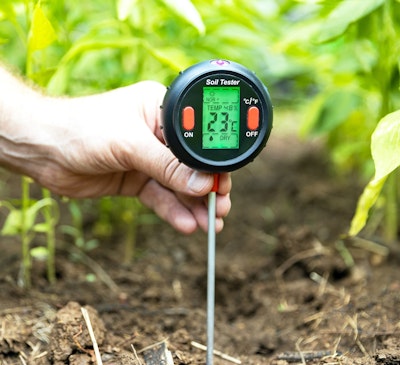
Understanding Soil Health
Soil health, also known as soil quality, is defined by the Natural Resources Conservation Service Soils as, “The continued capacity of soil to function as a vital living ecosystem that sustains plants, animals, and humans.” This definition speaks to the importance of managing soils so they are sustainable for future generations. To do this, we need to remember soil contains living organisms; when provided the necessities of life - food, shelter, and water - they perform functions required to produce food and fiber.
Soil isn’t an inert growing medium, but rather is teaming with billions of bacteria, fungi and other microbes that are the foundation of an elegant symbiotic ecosystem that can be managed to:
- Provide nutrients for plant growth
- Absorb and hold rainwater for use during dryer periods
- Filter and buffer potential pollutants from leaving our fields
- Serve as a firm foundation for agricultural activities
- Provide habitat for soil microbes to flourish and diversify to keep the ecosystem running smoothly
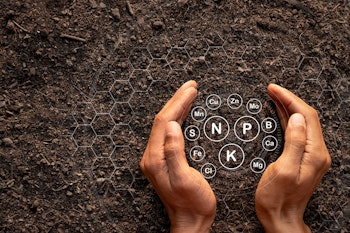
Determining Soil Health
There are 17 elements considered to be essential for plant growth; nitrogen, phosphorus and potassium are the most important. They are known as primary, or macronutrients, because plants take them from the soil in the largest amounts. Fertilizers that contain all three of these nutrients are labeled ‘complete fertilizers,’ but they hardly encompass everything a healthy garden needs.
Calcium, magnesium and sulfur, known as secondary nutrients, are also important to many plants. Lesser or micronutrients include boron, copper, iron manganese and zinc. Some plant micronutrients have specific functions, such as cobalt, which isn’t used by most plants, but helps legumes fix nitrogen. Another critical component of your soil is its acid-alkaline balance, or pH reading. All these essentials combined with the proper texture make for healthy soil.
Acidic soil is often difficult to understand and not everything can grow in it. Keep reading below for more information on this type of soil and how SummerWinds can help you use it effectively in your garden.
What is Acidic Soil?
Soil acidity is measured on a scale of 1 to 14, which is the same scale used to measure other types of acid. Everything that ranks below a 7 is understood to be acidic and things that are above is considered to be alkaline. Typically, most garden plants thrive at a pH between 6 and 7.5.
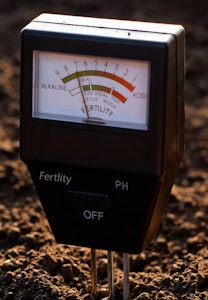
According to the College of Environmental Science and Forestry, “Soil pH or soil reaction is an indication of the acidity or alkalinity of soil and is measured in pH units. Soil pH is defined as the negative logarithm of the hydrogen ion concentration. The pH scale goes from 0 to 14 with pH 7 as the neutral point. As the amount of hydrogen ions in the soil increases the soil pH decreases thus becoming more acidic. From pH 7 to 0 the soil is increasingly more acidic and from pH 7 to 14 the soil is increasingly more alkaline or basic.”
According to the Spruce, “The reason a pH between 6 and 7.5 is optimal for garden plants is that between 6 and 7.5, phosphorus in the soil is soluble - meaning that it dissolves in water and is taken up by plant roots. Phosphorus is one of the three macronutrients all plants need (in the NPK ratios you see on packaged fertilizers, phosphorus is the center number) and is responsible for helping the plant bloom and/or set fruit.”
What Causes Acidic Soil?
The Spruce also notes that there are three things that cause acidic soil:
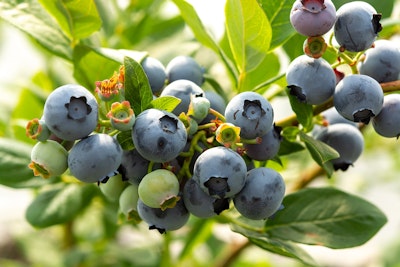
- The first, and most common, is simply that the organic matter and minerals that break down in soil over time are acidic in nature, and make the soil acidic. This is common in pine forests and peat bogs.
- The second way soil becomes acidic is via leaching due to excessive rainfall or irrigation. Too much water results in key nutrients, such as potassium, magnesium, and calcium, being washed out (leached) from the soil. These elements all prevent soil from being acidic, so when they're leached out, the pH level if the soil starts to drop, resulting in acidic soil.
- The third way soil becomes acidic is the use of high-nitrogen synthetic fertilizers. These fertilizers are usually ammonia-based, which increases soil acidity.
Understanding Plant Hardiness Zones
According to the United States Departments of Agriculture, the “USDA Plant Hardiness Zone Map is the standard by which gardeners and growers can determine which plants are most likely to thrive at a location. The map is based on the average annual minimum winter temperature, divided into 10-degree F zones.” Click here to view the map.
6 Types of Flowers That Thrive in Acidic Soil
How do you know which flowers to plant in your acidic soil?
According to SF Gate, “Soil in rainy areas tends to be more acidic than the soil in dryer areas, but many flowering plants favor a lower pH level, which determines soil acidity or alkalinity. The lower the pH, the more acidic the soil. In general, soil with a pH level of 4.6 or less is considered to be too acidic for most plant life.”
SF Gate put together a helpful list of flowers that thrive in highly acidic soil:
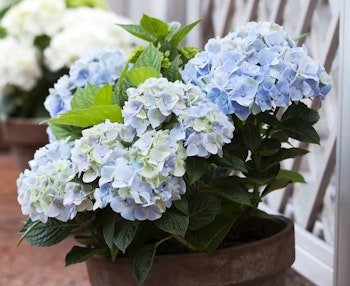
1. Hydrangeas
These plants grow in U.S. Department of Agriculture zones 4 through 9. Hydrangeas grow into small to medium bushes which produce large flower clusters made of even smaller flowers; the most popular colors of this flower are white, pink, green and blue. If you want to grow a blue bloom, the pH of the soil needs to be between 4.5 and 5.5. These plants do well in partial shade and moist soil.
2. Camellias
Camellias grow best in partially shaded areas of sun with well-draining soil in zones 6 through 9, depending on the variety. The plant flourishes in mildly acidic soil with a pH of 5.0 to 6.0 and becomes a medium-sized evergreen climbing plant that flowers in the spring.
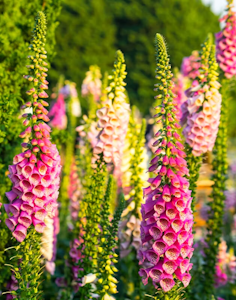
3. Foxgloves
Foxgloves are a biennial and perennial plant with small flowers in a “tubelike” shape that open along the stem. These plants come in a variety of colors, including pink, purple, white and yellow. They grow in the late spring and summer, and do best in shady areas in USDA zones 3 through 8. Foxgloves prefer slightly acidic soil with a pH as low as 5.5.
4. Rhododendrons and Azaleas
Rhododendrons and azaleas bloom to be small to medium-size bushes and typically produce white or pink blooms, although other colors are available. These two plants do best in acidic soils with a pH between 4.5 and 6.0 and are hearty in USDA zones 3 through 9, depending on variety.
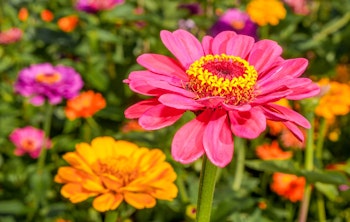
5. Zinnias
According to SF Gate, “Zinnias are small, colorful flowers similar to marigolds. The plants bloom in the summertime and are extremely versatile. They can grow in most of the United States in USDA zones 3 through 10. The plants thrive in acidic soil with a pH as low as 5.5.”
6. Bleeding Hearts
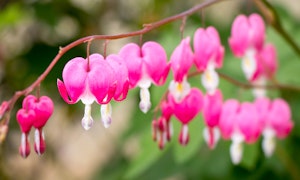
SF Gate calls the Bleeding Heard plant, “A unique ornamental plant,” as they showcase pink and white flowers shaped like hearts dangling from the stems. “The plant does well in USDA zones 3 through 9 and fares best in partial sun. The plant flourishes in mildly acidic soil with a pH of 5.0 to 6.5.”

